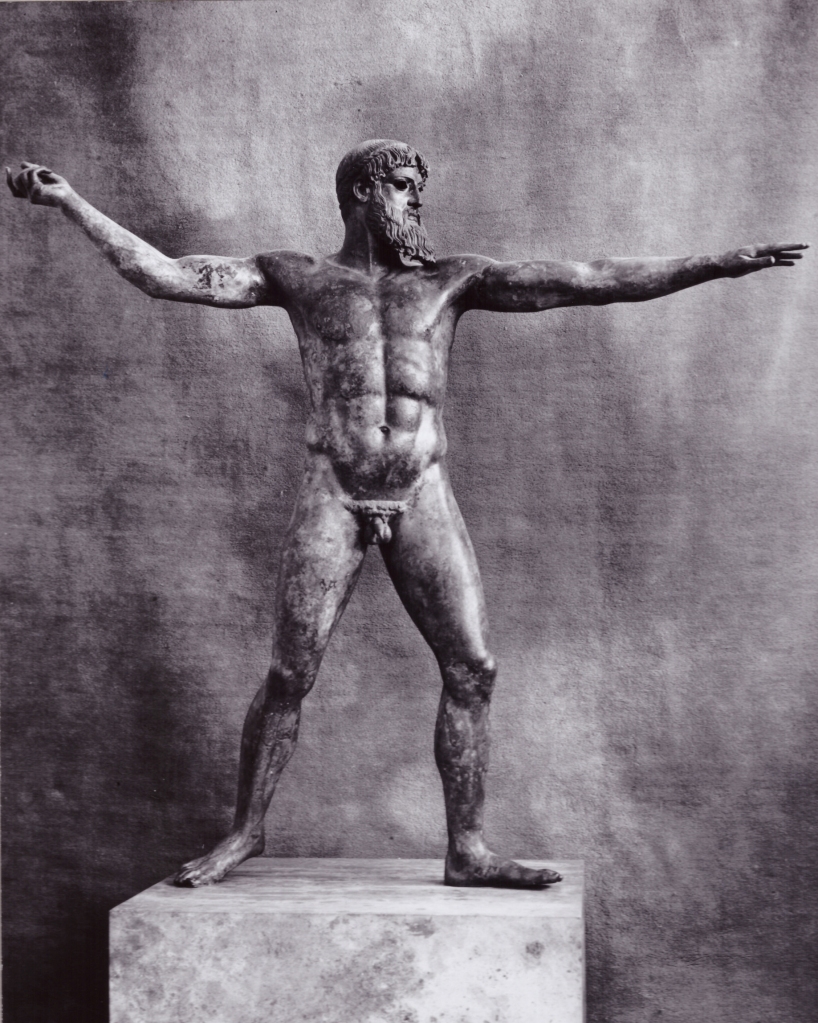The Artemision Shipwreck: Sinking Into the ASCSA Archives
Posted: October 10, 2021 Filed under: Archaeology, Archival Research, Biography, Classics, History of Archaeology, Philhellenism | Tags: Artemision Jockey and Horse, Artemision Shipwreck, Artemision Zeus, Charles H. Morgan, George Hasslacher, George Mylonas, Georgios P. Oikonomos, Γεώργιος Οικονόμος, Philip R. Allen, Sean Hemingway 7 CommentsIn late 1928 the Greek and the international press published several articles and photos of a sensational archaeological discovery: a large bronze male statue found near Cape Artemision, in the north of Euboea. On central display at the Archaeological Museum in Athens since 1930, the statue is known to the public as the Aremision Zeus (or Poseidon).

Two years before, in the same area, fishermen had caught in their nets the left arm of a bronze statue that was also transferred to the National Museum in Athens. That discovery did not, however, provoke any further archaeological exploration in the area, most likely for fiscal reasons. But then in September 1928, the local authorities in Istiaia, a town in northern Euboea, were informed of illicit activity in the sea near Artemision. Acting fast, they sailed to the spot and caught a fisherman’s boat filled with diving equipment. Not only that, its crew had already pulled out the right arm of a bronze statue. A few days later the authorities were able to bring up from the bottom of the sea a nearly complete male, larger than life, statue. The first photos showed the armless statue laying on its back on a layer of hay (Note how the area of the genitals has been conveniently darkened in the newspaper photos so that the public would not be offended by the nudity of the statue.)
Read the rest of this entry »
